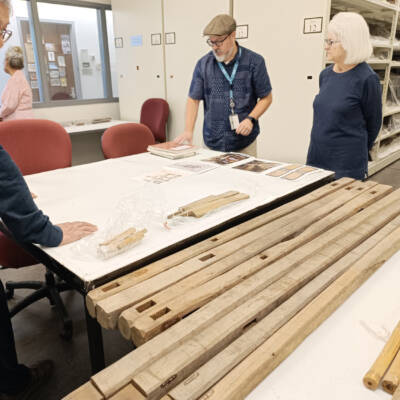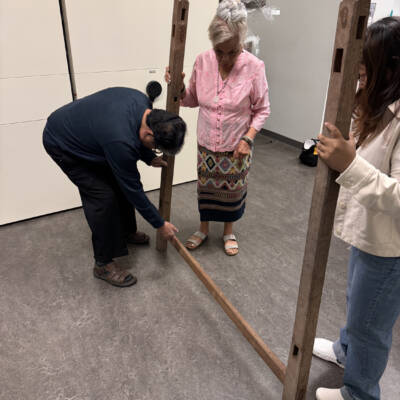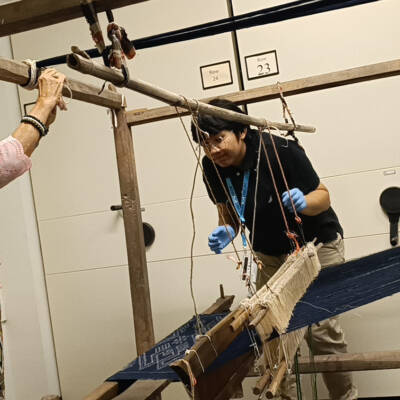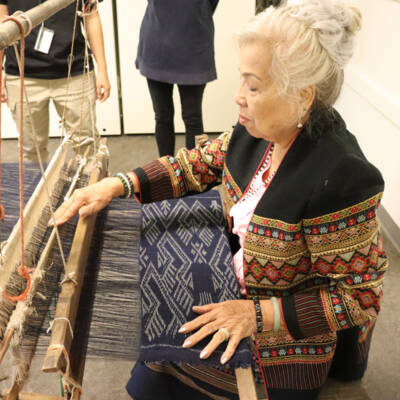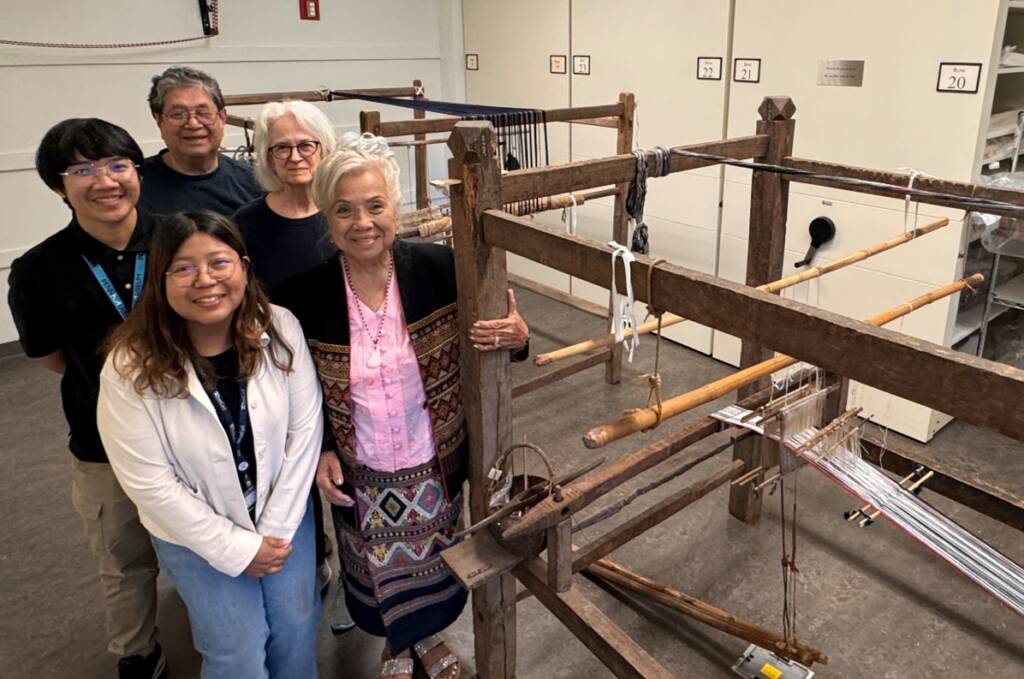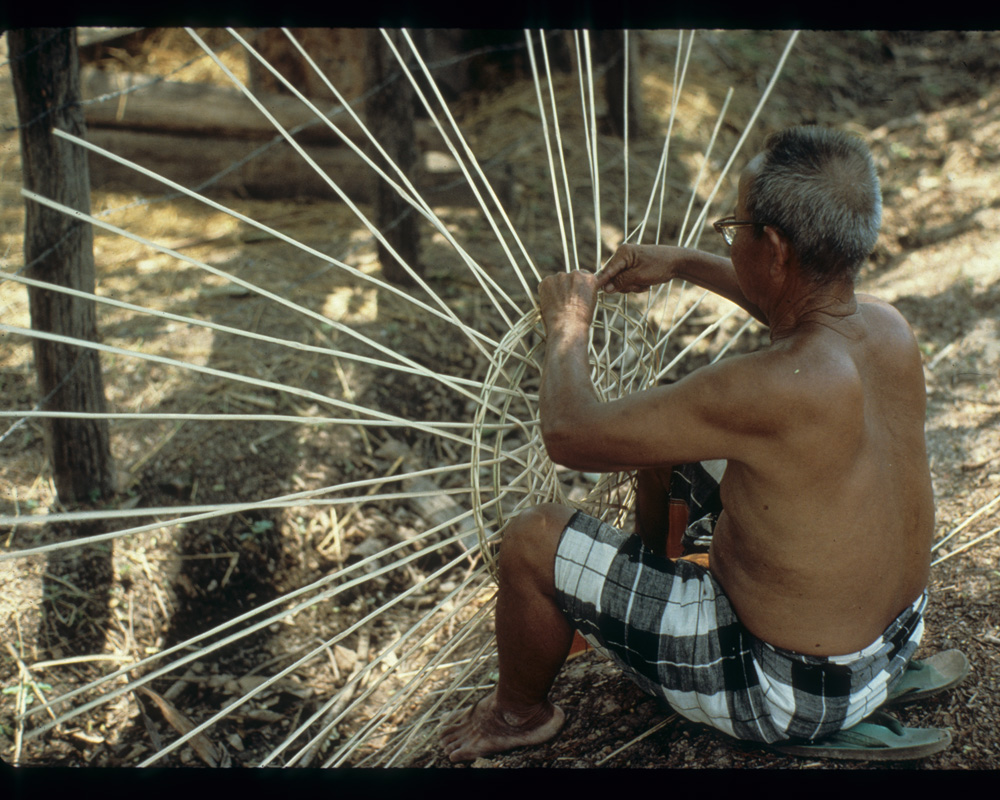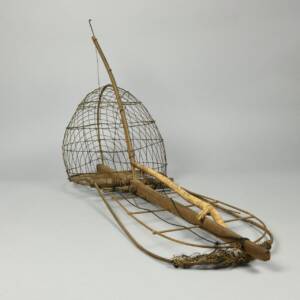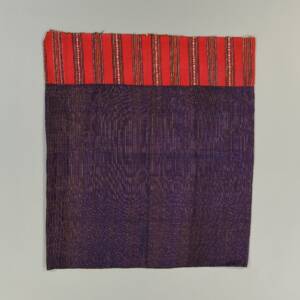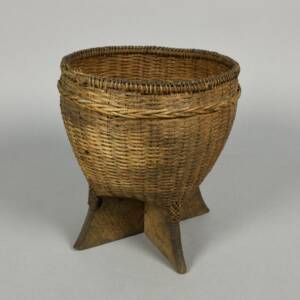The Ban Chiang Ethnographic Collection Project
Penn Museum activities in the Ban Chiang area extend far beyond archaeological excavation. One of the Ban Chiang- related collections is the Thai-Lao ethnographic collection, acquired when the Penn Museum asked Joyce White, during her final months of field research in 1981 while she was living in Ban Chiang village, to buy items traditionally used in the local culture. These items of material culture and the knowledge of how to use them were disappearing as life in rural Thailand modernized. (Go here for an illustrated Penn Museum blog about discovering local wisdom in Southeast Asia.)
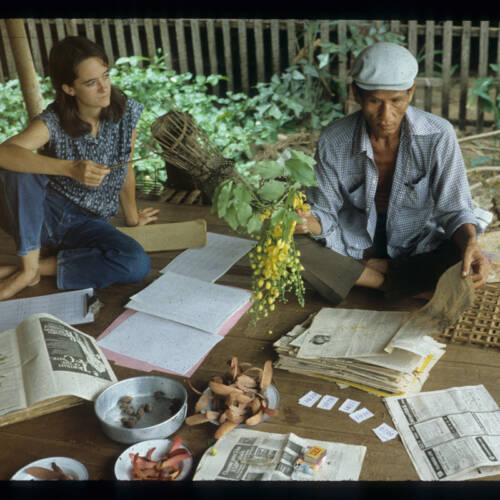
Partnering with local informant Li Hirionatha, Joyce collected hundreds of objects, from fish traps to looms, fish fermenting jars to carrying baskets, and more. This set of items together illustrate the traditional lifeways for Thai-Lao villagers living in northern northeast Thailand over the last few hundred years. The collection, once shipped to the Museum, was over the years cataloged by numerous keepers, interns, and volunteers, who seldom could read the Thai written on the field cards.
Items from the Collection
(See the entire collection online here)
The Year of Botany
Then along came the Ban Chiang Project’s Year of Botany, which coalesced in 2024. Along with Thai botanists, Joyce White wanted to bring a Thai specialist in “Isaan” (meaning northeast Thailand) material culture to expand and correct the documentation of the Thai-Lao collection’s records. And so Nichanan Klangwichai, known as Mew, came to Philadelphia in the summer of 2024 to work with Stephen Lang, Keeper of the Asian Collection, to improve the records for each object. These corrected records now reside in EMU, the Museum’s digital database. In addition to Mew, other volunteers and staff helped geolocate the villages from which items were purchased, the Thai botanists provided the scientific names for the plants used to make objects, volunteers scanned the film archive that documented the objects being used, and more.

Mew brought special expertise to the collection as she grew up in Ban Yam Ka, a village located a few dozen miles from Ban Chiang, and she could reach out to her family and friends for more information as she examined each object. Her uncle Mr. Sompong Seemued is a master basket maker and was particularly helpful explaining fish trap design. Her mother Ms.Somporn Seemued was knowledgeable about all objects used in traditional daily life. Mew has now returned home to Udon Thani Province where she is a curator at the Udon Thani City Museum. In Philadelphia, the data she provided is being input into EMU, and the project’s film archive is still being scanned.
Assembling the loom
A highlight of this initiative was the collaboration with Phoxay Sidara and Daovy Phanthavong, owners of the Vientiane Café in Philadelphia, who helped assemble looms originally purchased by Joyce. Phoxay and Daovy had grown up constructing and using similar looms before they came to the United States around 1980. Over the course of a single day, Mew, botanist Dr. Varangrat Nguanchoo, Joyce, and Steve were assistants to Phoxay and Daovy in assembling the looms. Inclusive collaboration does not get more substantive than that.
